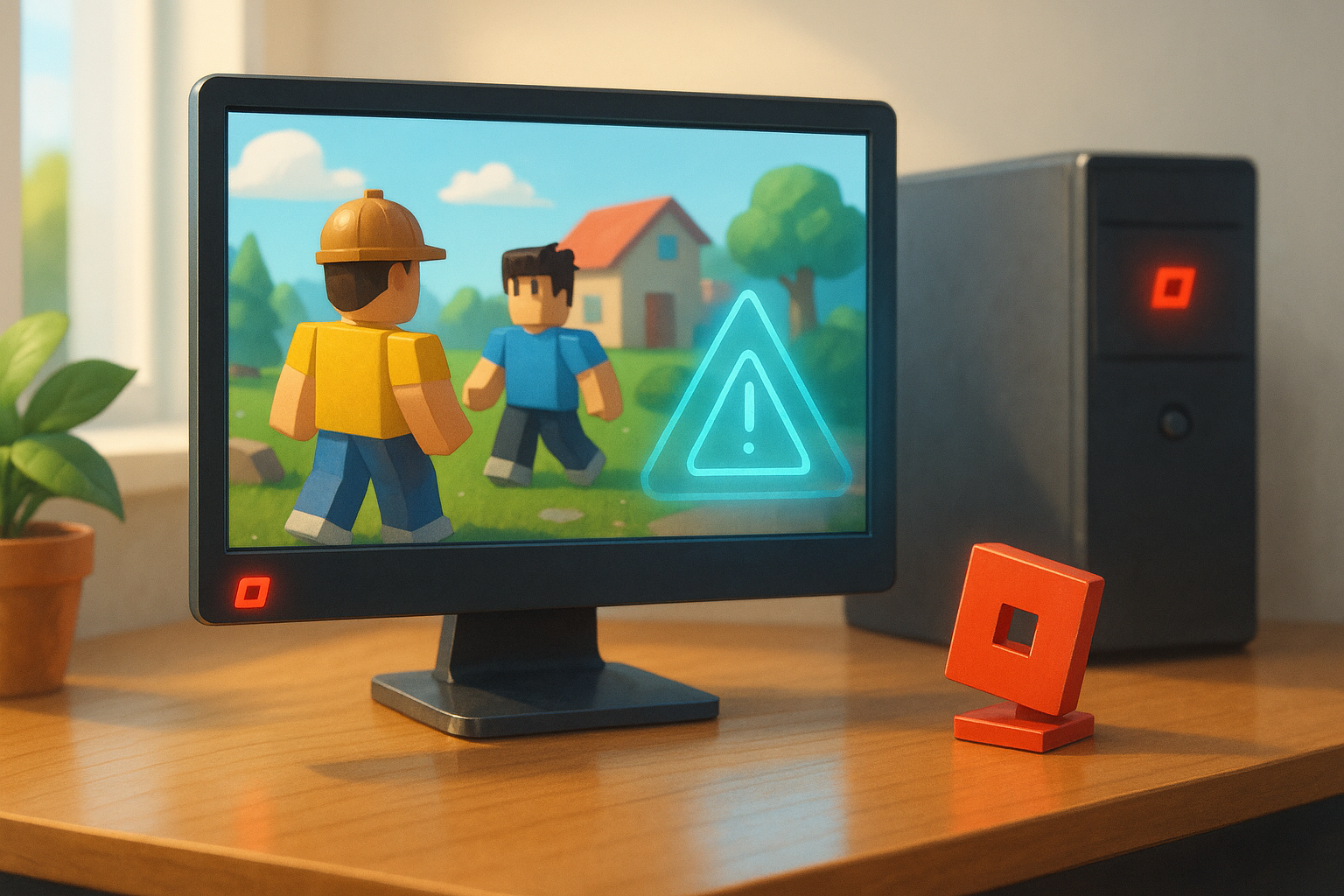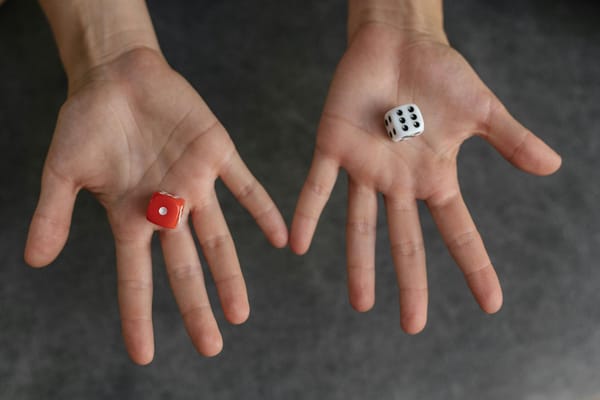What Is Brainrot: How a Meme Took Over Digital Culture, Encompassing Everything from Slang to Roblox Items

Our kids have all sorts of new words that parents might not recognize. In most situations, they are innocuous. In fact, each generation makes its own slang, so it’s not just a modern phenomenon.
But one word has taken hold, more than the others. Many of these new words spend only a few months in the vocabulary, then become absolute. Brainrot seems to be here to stay, so we should really understand its meaning and influence.
The funny thing is that while kids are the ones using it, its definition applies to almost everyone. It you’ve ever doomscrolled through TikTok or Instagram, checked out weird memes that don’t make sense, or simply spent mornings going through the latest negative news, supposedly to catch up, then you’re guilty of consuming brainrot.
Also, it’s so widespread in today’s culture that it has left the linguistic domain, spreading its influence in the real world. For example, in Roblox, players can collect and wear “Brainrots, which are virtual items that bring the meme to life.
What started as self-aware humor about overstimulation has now evolved into a digital identity.
It became a meta idea: from a meme that mocked overconsumption, it turned into the object of consumption.
The Origin of “Brainrot”
Brain rot has been around for more than 100 years in the English language, and its meaning has been the same all that time. For example, people would say that watching too much TV gives them brain rot.
By 2019, the word brainrot started to become slang, and it was mostly used by gamers and meme creators to describe mental exhaustion generated by too much YouTube, Minecraft, or anything else for that matter. The generation using the word changed, but hasn’t lost its meaning.
At its simplest, brainrot is about being stuck in an addictive loop, even when the content has no meaning. Or worse, the people experiencing brainrot actually know the media they’re consuming has no real value.
It wasn’t serious at first. Brainrot symbolized shared irony. It was a way of saying, “I know this is frying my attention span, but it’s fun.” Over time, that irony became its own cultural expression.
Brainrot Jumps from Joke to Culture
By 2020, the brainrot trend had transformed from a simple meme into an actual aesthetic. The videos had fast cuts, absurd humor, distorted audio, and ridiculous repetitions. An entire segment of the TikTok subculture embraced this chaotic art form.
The idea of a ‘brainrot edit’ quickly became one of the most common video types: flashing images, overlaid memes and inside jokes compressed into 10 seconds of sensory overload. It’s almost akin to digital noise, and the people making them do it on purpose, knowing full well that the content itself is brainrot.
Brainrots in Roblox: When Memes Become Items
The term is not going anywhere. It has already started to influence the real world by becoming more tangible. In Roblox, players can now collect or buy Brainrots, avatar items that portray the trend itself.
These virtual accessories and characters often feature distorted faces, exaggerated expressions, or glitchy designs inspired by the meme’s aesthetic.
Roblox doesn’t officially make these products – they’re user-created content, entirely designed and sold by the community. And like any other item that becomes traded for real money, brainrot has also become the source of scams and even malware.
Roblox Executors, illegal modifications of the game that sometimes come bundled with malware, have entire sections dedicated to the easy collection and acquisition of “brainrots.”
That’s the paradox of internet culture: everything ironic eventually becomes real.

The Psychology Behind Brainrot
Why do people embrace something called brainrot with pride? The psychology behind it is complicated, entwined with the state of the world at any given point.
It reflects a modern paradox. We know all too well that we’re overstimulated, yet we choose to participate anyway.
According to the Newport Institute, the definition seems simple enough:
Brain rot is a condition of mental fogginess, lethargy, reduced attention span, and cognitive decline that results from an overabundance of screen time.
The problem is that, while it’s easy to offer definitions for brainrot consumption, it’s much more difficult to explain why people create brainrot.
Dopamine Loops and Digital Reward Systems
Social media and games such as Roblox are designed for instant gratification, creating loop conditions that drive us to look for constant novelty instead of meaningful content.
It’s a possibility that even ironic participation (“haha, I have brainrot”) becomes a way for people to cope with overstimulation by turning it into something funny.
Can We Escape Brainrot Culture?
Escaping isn’t about deleting apps or boycotting memes. It could simply be about reclaiming the lost focus in some small way.
Practical Tips to Reduce Digital Brainrot:
- Curate your content. Mute or unfollow accounts that trigger endless scrolling.
- Set limits. Use built-in timers or wellbeing apps to reduce screen time as much as possible.
- Engage intentionally. Choose games or media that reward creativity, not mindless.
- Practice digital “fasting.” Replace micro-content with long reads, music, or hobbies.
- Reconnect offline. Irony is fun, but mindfulness brings lasting satisfaction.
Or maybe we could simply have to ride this one trend until it disappears from existence. It might have a longer lifespan than others, but it too will fade.
How Bitdefender Helps You Stay Aware and Protected in the Age of Brainrot
The same environment that generates brainrot, such as endless notifications, loops, and other types of digital noise, is also where scams, phishing and malware attacks thrive.
Bitdefender’s Tools for Digital Awareness:
- Digital Wellbeing & Parental Control: Help families manage screen time and digital habits.
- Anti-Scam Protection: Detects fake links and suspicious pages that often circulate on viral platforms.
- Device protection: Downloading content or trying to find that latest brainrot item can result in simply downloading malware. Stay safe with dedicated solutions such as Total Security.
Brainrot FAQ
1. What does “brainrot” means online?
It’s slang for mental fatigue caused by constant overstimulation such as endless scrolling or binge-watching short, meaningless content. It’s been around for more than 100 years describing the same problem.
2. What are “Brainrots” in Roblox?
Roblox Brainrots are collectible items and avatars inspired by the brainrot meme. Players use them as fashion, identity, or ironic commentary. They are also a source for real-world transactions and share the same dangers as any transactions, such as scams or phishing.
3. Why are Roblox Brainrot items so popular?
They’re cheap, funny, and instantly recognizable. Owning one signals you understand and participate in meme culture.
4. Is brainrot a medical condition?
No. It’s not a medical term, but it reflects real psychological effects of overstimulation, like shortened attention spans and fatigue. Psychologists have definitions for the phenomenon that deal with the consumption of brainrots, and less about the people who create them.
5. Can memes and games really affect how we think?
Yes. The constant dopamine feedback loop from online content and gaming can reshape attention patterns.
tags
Author
Silviu is a seasoned writer who followed the technology world for almost two decades, covering topics ranging from software to hardware and everything in between.
View all postsRight now Top posts
Recruitment Scam Alert: Fraudsters Impersonate Bitdefender in Fake Job Interviews
October 13, 2025
What are Roblox Executors and Why Do Parents Really Need to Know About Them
October 10, 2025
How to Outsmart Today’s Sneakiest Phishing Scams
October 10, 2025
FOLLOW US ON SOCIAL MEDIA
You might also like
Bookmarks






